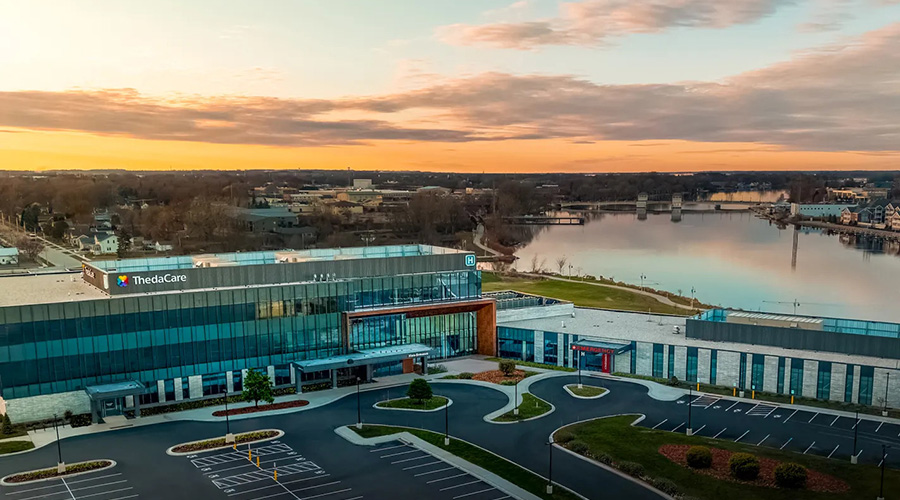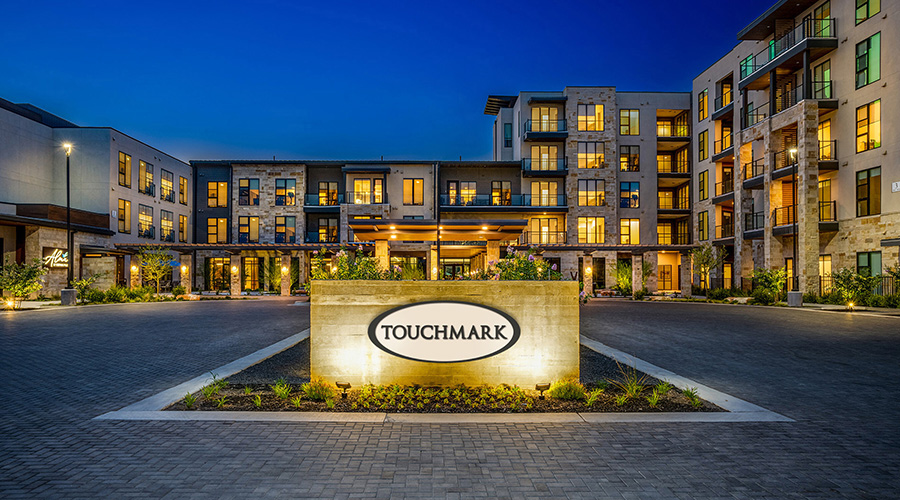As healthcare facility portfolios continue to diversify and bring services off the hospital campus and into the community, the local shopping mall may soon be playing a larger role in tenancy considerations. Shopping center owners are starting to probe the potential of a concept called "Medtail" as they seek to drive traffic to their shopping centers, especially in the face of declining baby boomer retail spending, according to a REIT.com article.
"Between 2011 and 2016, it is estimated that aging baby boomers will spend $600 billion more on health care-related expenditures," says Chris Macke, senior strategist with CBRE, quoted in the article. "That means shoppers will have an estimated $600 billion less to spend on retail by 2016."
Part of the Medtail concept involves finding synergies between the offerings of the healthcare-related tenant and nearby retail tenants. Indoor shopping malls all on one level are especially attractive facility types for this concept, especially when considering the needs of a Baby Boomer healthcare consumer, says the article.
The retail facility benefits from this arrangement by gaining foot traffic during traditionally slow periods — weekdays between 9 am and 3 pm, exactly the same time period people traditionally see their doctors. The healthcare provider benefits by being able to present the retail setting as an amenity. For example, if the doctor's schedule is backed up, patients can multitask by getting some shopping errands knocked off their list. Or, while a patient is being seen, their partner or escort can be entertained by spending time in the mall instead of leafing through magazines in the waiting room.
As a new concept, Medtail faces some challenges. Specifically, the real estate industry is fairly strictly segregated and meeting the needs of healthcare tenants will likely be uncharted territory for the average retail property manager.
"We are very siloed: Retail is retail, office is office, medical office is medical office and industrial is industrial," Macke says. "Most of the time, it doesn’t make senses to mix the two. But with the change in demographics, it does now, and that can be a challenge."
Read the article.

Shopping centers court healthcare tenancy to capture boomer market
As healthcare facility portfolios continue to diversify and bring services off the hospital campus and into the community, the local shopping mall may soon be playing a larger role in tenancy considerations.
By Healthcare Facilities Today
February 21, 2013
Topic Area: Industry News
Recent Posts
 Building Sustainable Healthcare for an Aging Population
Building Sustainable Healthcare for an Aging Population
Traditional responses — building more primary and secondary care facilities — are no longer sustainable.
 Froedtert ThedaCare Announces Opening of ThedaCare Medical Center-Oshkosh
Froedtert ThedaCare Announces Opening of ThedaCare Medical Center-Oshkosh
The organization broke ground on the health campus in March 2024.
 Touchmark Acquires The Hacienda at Georgetown Senior Living Facility
Touchmark Acquires The Hacienda at Georgetown Senior Living Facility
The facility will now be known as Touchmark at Georgetown.
 Contaminants Under Foot: A Closer Look at Patient Room Floors
Contaminants Under Foot: A Closer Look at Patient Room Floors
So-called dust bunnies on hospital room floors contain dust particles that turn out to be the major source of the bacteria humans breathe.
 Power Outages Largely Driven by Extreme Weather Events
Power Outages Largely Driven by Extreme Weather Events
Almost half of power outages in the United States were caused by extreme weather events.